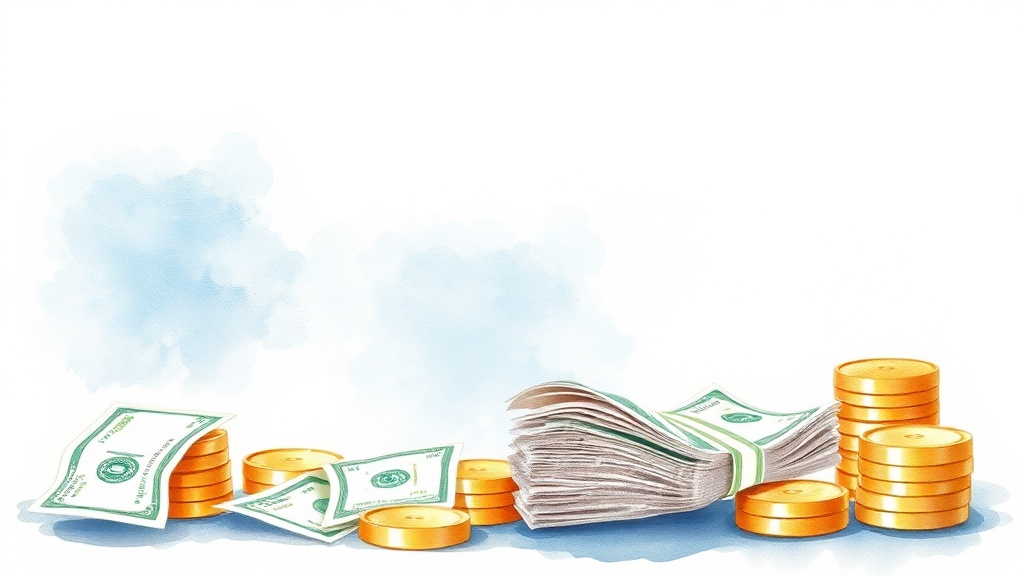How Rising Interest Rates Affect Your Wallet — What to Do Now
Interest rate shifts touch nearly every part of personal finance. When central banks tighten policy to cool inflation, borrowing costs rise and saving returns improve — and that creates winners and losers across mortgages, credit cards, investments, and everyday budgeting.
Understanding the mechanics and taking practical steps can protect your cash flow and even create opportunities.
What higher rates mean for you
– Borrowing becomes more expensive. Variable-rate loans, new mortgages, auto loans, and many personal loans will carry higher monthly payments as rates climb. That can squeeze household budgets and change affordability for homebuyers.
– Savings and short-term instruments often pay more. High-yield savings accounts, money market funds, and certificates of deposit typically offer improved yields, giving savers a better return on cash parked for emergencies or short-term goals.
– Bond prices fall, yields rise. Bond market values move inversely to rates. If you hold long-duration bonds, expect price declines, while new bond purchases will earn higher yields going forward.
– Credit card balances and adjustable-rate debt become costlier.
Outstanding credit card debt, HELOCs, and variable corporate loans will carry higher interest, increasing minimum payments and total interest paid.
– Equity markets can get volatile. Higher rates generally raise discount rates used in valuation models, which can compress valuations for high-growth companies that rely on future earnings.
Actionable moves to protect and profit
– Prioritize high-rate debt payoff. Focus on eliminating high-interest credit card balances first. Reducing variable-rate obligations lowers interest exposure if rates continue to rise.
– Revisit mortgage strategy. If you’re on a variable-rate mortgage or approaching an adjustable-rate reset, consider locking a fixed-rate mortgage if it fits your budget.
For homeowners with existing low fixed rates, refinancing may not make sense unless it shortens term or reduces monthly cost meaningfully.
– Build or top up your emergency fund. A 3–6 month cash buffer helps absorb payment shocks and prevents costly borrowing when markets tighten. With savings yields improved, cash management becomes a slightly less painful choice.
– Shift bond exposure to shorter durations. Shorter-term bond funds or laddered CDs reduce interest-rate sensitivity while still providing income.
This approach preserves buying power to reinvest later at higher yields.
– Harvest higher savings rates. Move idle cash into high-yield savings accounts or competitive short-term instruments. Shop around — online banks and credit unions often offer better returns than big brick-and-mortar banks.
– Rebalance your portfolio with rate sensitivity in mind.
Reduce concentration in long-duration growth stocks if your risk tolerance is low, and consider adding sectors that historically perform better in rising-rate environments, such as financials or certain consumer staples.

– Lock in fixed payments where it matters. For necessary large purchases that are financing-sensitive, locking a fixed-rate loan can provide predictable costs and budget certainty.
– Monitor credit health. A stronger credit score secures better loan pricing and more options if refinancing or new borrowing becomes necessary.
When to get professional help
A financial advisor or mortgage specialist can model scenarios specific to your finances and help evaluate trade-offs like refinancing fees, tax implications, and long-term goals. For most households, the combination of paying down expensive debt, building liquidity, and strategically using higher savings yields creates a resilient plan.
Rate cycles eventually turn.
By tightening your household finances now and taking advantage of improved saving rates, you can reduce risk and position yourself to benefit when borrowing costs normalize.
Leave a Reply